I never considered going to Istanbul for a tech conference, even though Plamen Russev has been trying to get me here for years now. Until this year. I decided that 2013 had to be the year and so I am now at Webit. And I have to say that I love it so far. Why? Let me quickly break that down for you:
1. I meet people that I have never seen before, from areas that I do not usually see at other conferences. Just this morning I talked to startups from the Ukraine, Estonia, Morocco, the United Arab Emirates and Germany. (I stand corrected, I talk to startups from Germany more often.)
2. Especially when you book early, the ticket prices make Webit much more accessible than most other conferences. Off the top of my head, a silver ticket costs around €150 when you pre-register. So, is it cool because it is cheap? No. It is cool because this ticket price allows startups with a much tighter budget to enjoy a conference and especially the networking.
3. People are eager. A lot of the people I have met are eager. They want to learn, they want to grow, they want to change. And there is a great opportunity that I rarely focus on when I am back home or at conferences in London, Paris or Amsterdam. I keep asking myself why I do not think about eastern Europe, Africa and Asia more often. Sure, I have met guys that do startups in Beirut, Tel Aviv and Cairo. But here, eastern Europe, southern Europe and many Arabic nations are standing in line with me to get lunch. And talking to them has allowed me to see new opportunities beyond our regular markets.
4. Networking. Did I mention that already? I have yet to try the networking site, but so far I have met some great people. And with 8100+ attendees, there are lots of networking opportunities.
5. Short sleeves. Yes, I know, a rather unprofessional reason. But lets face it, I left Rotterdam with pouring rain and 6 degrees. It is November and I am in Istanbul, wearing a short sleeved shirt and eating kebabs and networking on the water front with some great people pushing great technology. It is hard to get it better than that.
So, five reasons why I love Webit. And if you are up for the challenge of taxi drivers that do not speak Turkish, it could be a great experience. Anyway, I am off again. Time to meet more people, to have more food and to visit a party in a club on an island between two continents in the middle of the Bosporus tonight.
– And in case you were wondering, Plamen has not bribed me into writing any of this. 😉


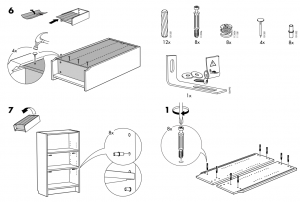

 With startup accelerators popping up all over the world, this might not be the most popular thing to write. However, it is something that has been on my mind for the past year. As a mentor for one startup accelerator and a visitor of many, I have gotten to know the inner workings and discussed them with others. And they all lead me to draw the same conclusion. Most accelerators do not fit the needs of startups.
With startup accelerators popping up all over the world, this might not be the most popular thing to write. However, it is something that has been on my mind for the past year. As a mentor for one startup accelerator and a visitor of many, I have gotten to know the inner workings and discussed them with others. And they all lead me to draw the same conclusion. Most accelerators do not fit the needs of startups.
 This morning
This morning 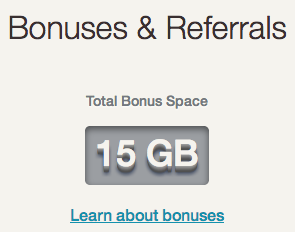




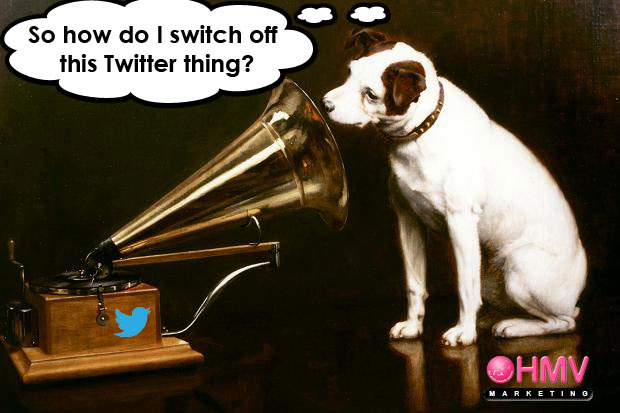
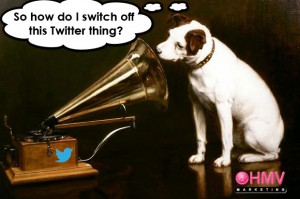
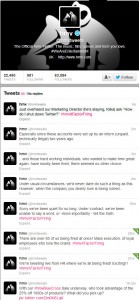
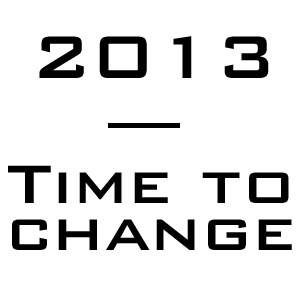
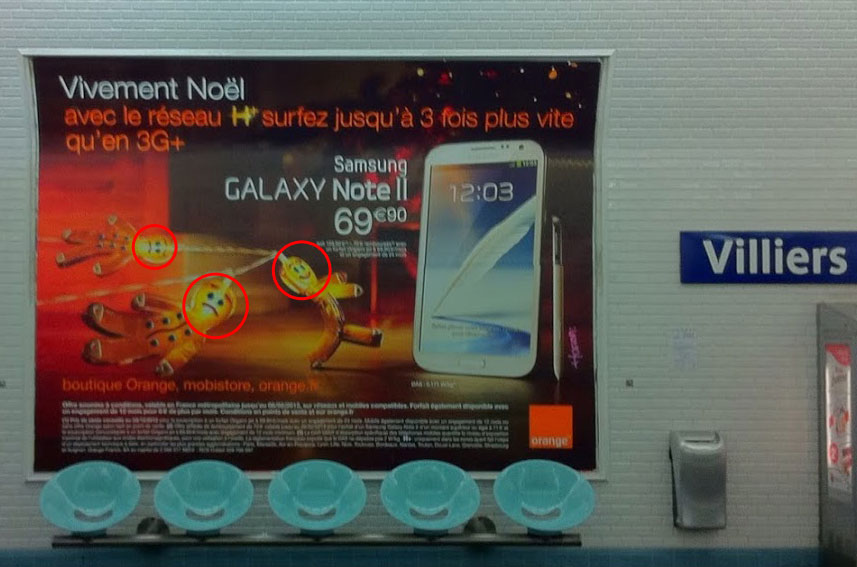
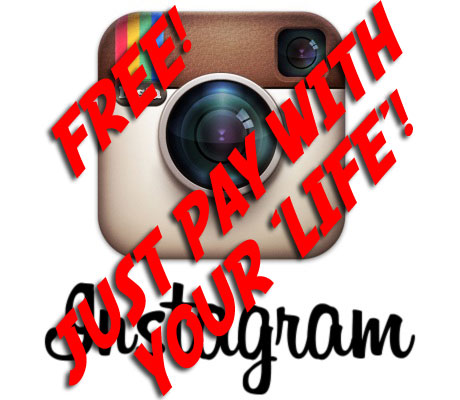
 Yes, we have all been triggered by the
Yes, we have all been triggered by the  I love the future. I have loved it ever since I started reading. Technology is shaping our future fast. Back in 1985 I wrote my first computer program. Back in 1994 I launched my first website and I have been working with organizations on integrating new technology ever since.
I love the future. I have loved it ever since I started reading. Technology is shaping our future fast. Back in 1985 I wrote my first computer program. Back in 1994 I launched my first website and I have been working with organizations on integrating new technology ever since.